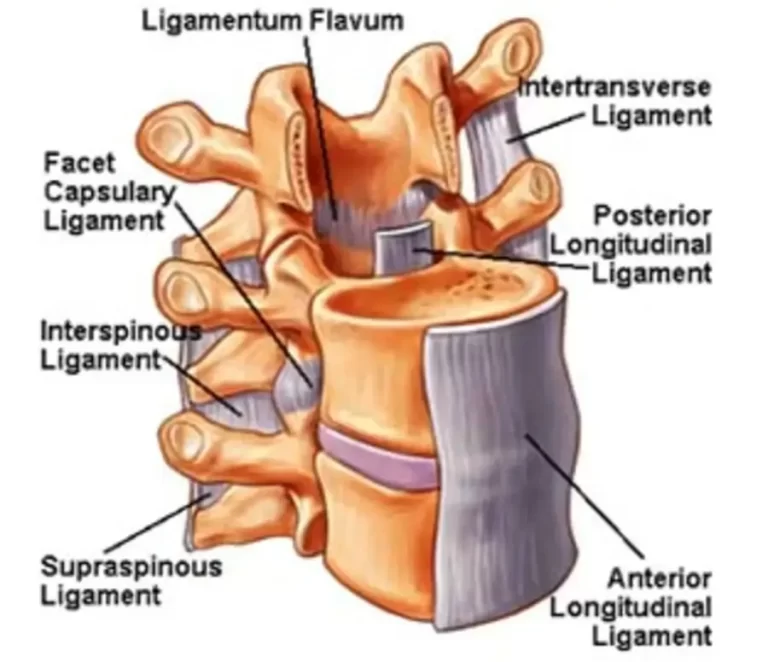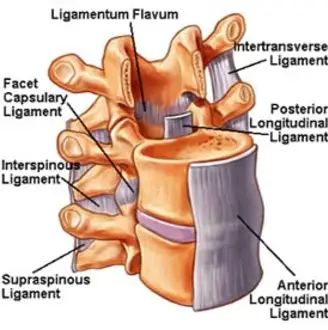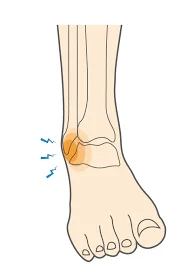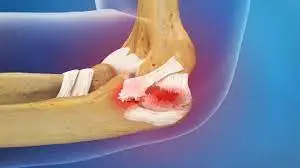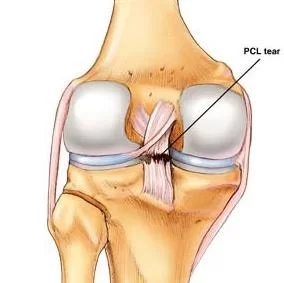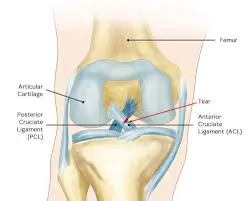Lateral Collateral Ligament Injury
Introduction A Lateral Collateral Ligament (LCL) injury involves a sprain or tear of the ligament on the outer side of the knee, connecting the femur to the fibula. It often results from a direct blow to the inner knee or excessive stress during activities involving sudden changes in direction. Symptoms include pain, swelling, and instability…



